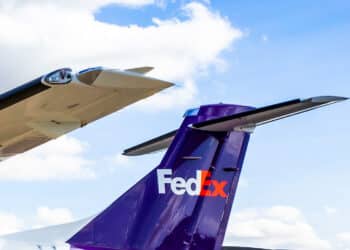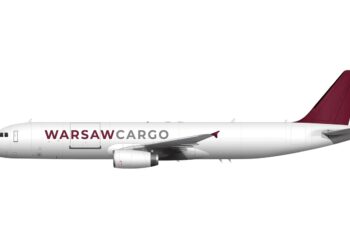9 Things we learned during our trip to China – Part I

The Cargo Facts team has spent the past few weeks traveling up-and-down China, one of the most exciting and dynamic markets for both domestic and international air cargo. While you can expect more comprehensive and expanded stories in the upcoming issue of Cargo Facts, we thought we would take this opportunity to share 9 things we learned in China. What follows is part I, the second installment meanwhile, is available here.
1. Rate of growth for domestic freighter fleets likely to slow. Although it is true that the e-commerce and express markets in domestic China continue to grow very fast (related air cargo volumes up 30% y-o-y YTD through October, with revenues up 27% during the same period), it may not be the case that a tremendous number of narrowbody freighters are needed to accommodate this demand.
Two trends that could shake up the freighter market are: 1) Alternatives to maindeck domestic air freight in China and 2) Changing e-commerce fulfillment models.
As is the case in other regions of the world, trucking poses perhaps the greatest threat to freighter operations, and in China, the options continue to grow. Take e-commerce giant, Beijing-based JD.com for example. JD Logistics recently told Cargo Facts that its practice is to truck cargo that needs to move less than 800km, and air freight goods that need to move more than 1500 km. Anything in-between the 800-1500km range, decisions are made on a case-by-case basis. An executive from a well-known express airline in China confirmed that it was becoming increasingly difficult to compete with improving trucking operations, noting that with security and other checks, domestic air freight may only by 40% faster, but at a much higher cost.

It is also important to note, that most cargo moving by air within China travels in the belly hold. As a fully integrated supply chain provider, JD Logistics sees no shortage in domestic air cargo capacity. The company already utilizes space on more than 50 passenger flights per-day, and has plans to add additional flights in the future. Some combination carriers perform better than others.
Here is a video of a narrowbody passenger aircraft operated by HNA-affiliate, Tianjin Airlines being loaded with cargo.
2. it is widely believed that overnight highspeed rail freight will move beyond beta mode. Although the economics have yet to be worked out, trains in China have little problem taking off on time, and could hinder growth of the domestic air freight express market. Larger-scale tests of highspeed domestic rail freight are expected next year.

3. Europe-to-China rail freight is already visible across China. Beginning in June of this year, a Zhengzhou-based company began opening a series “Block train import stores” which resells imports from Europe that were brought into China by rail. The company dispatches buyers to countries in eastern and western Europe to find products they believe will suit the local market. Stores are already operational in Central China, with new outlets expected to open soon in China’s coastal cities.

4. E-commerce fulfillment models in China are changing, as both marketplaces and direct sellers move towards more efficient hub-and-spoke and local fulfillment systems. With the majority of its sales characterized as “direct sales” meaning that products are procured, sold, and fullfiled by the merchant itself, JD.com is the clearest example of a direct retailer in China. Operating 335 warehouses and large fulfillment centers, and 7,000 delivery stations across China, JD.com says it is able to achieve next-day deliveries to 92% of its customers, and for most products, without air freight.
In contrast to JD.com, most transactions conducted on Alibaba’s marketplace platforms are done so by third-party merchants. Since most products are not dispatched directly from an Alibaba warehouse, products sold through online marketplaces are more likely to travel by air if the customer requires speed. In the past, products moved from point-to-point by air, from Changsha to Beijing, for example. Looking ahead, express carriers says that intermodal rail/truck/air networks will move goods from spokes, to a centralized hub, and then onward to a final destination, reducing the distance such parcels travel by air.
This is not to say domestic express carriers are abandoning their domestic freighter fleet expansion plans. Rather, they appear to be admitting that the number of freighters the domestic market will require may be less than previously thought.
In Part II, we turn our focus to the international air freight market, and offer five more things we learned.




